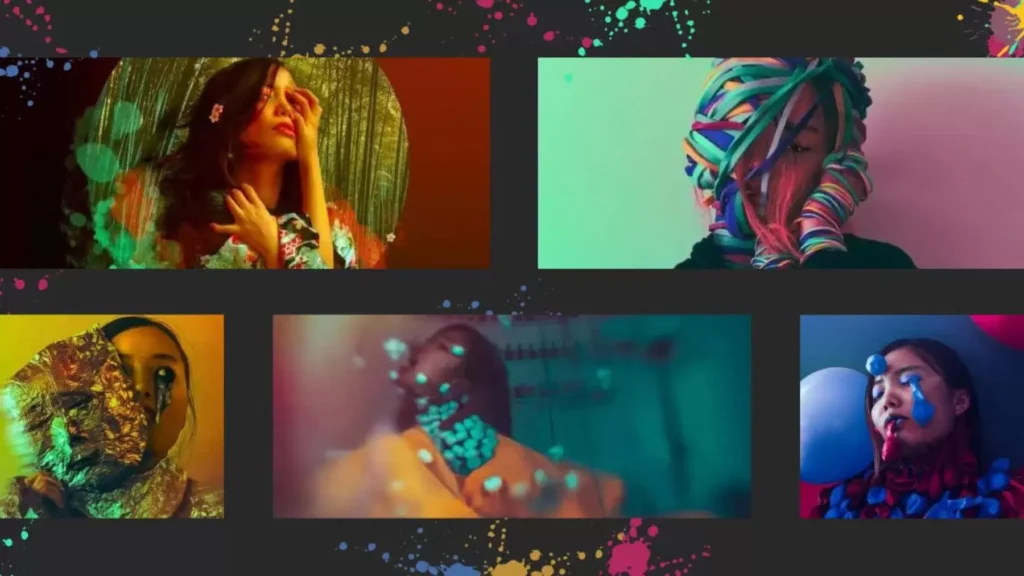“How tragic but resilient human life is,” said my half-asleep grandma, speaking over the phone from the chipped doorway of her apartment complex’s bottom-floor cafeteria.
I had just sent her one of my newest artworks – a self-portrait called “Clouds Scatter Easily”. I had waited for her to misunderstand, or to praise emptily, seeing just the colors but not the feelings underneath. But she saw right through me.
My grandma, diagnosed with major depression years prior, was the first person in my family to unabashedly pursue treatment. When I almost gave up on my own bipolar diagnosis, it was her example that convinced me to give healing one more chance. So I shouldn’t have been surprised that a conceptual photograph I created by layering my pain into puddles of dizzying neon would be so clearly understood, if by no one else, then at least by her.
In difficult moments, art was a treasure chest I didn’t want to – didn’t have to – open alone. A drawer in the corner of the closet where I stuffed all my messy feelings away; a gilded relic adorned with fake jewels I put up for others to admire. It shapeshifted to hide and show what I wanted it to. It was a way to process my feelings in peace, externally. Shouting my pain while furiously scrubbing it over with a veneer to downplay its significance, I squeezed my eyes shut hoping someone would peel the top away to prove wrong the loneliness I shoved underneath. And someone, my grandma or whoever else, always did.
Art is a way to heal, not because it promises relief, but because it promises release. An exhale of the feelings we can’t untangle within ourselves, blurted out in paint, existing defiantly, proudly, because whatever it is, it is enough just as it is. Whoever we are is enough. Just as art is.
This, to me, is what makes art so integral to mental health. It lets us pave our own way to understanding, at our own pace, with our own palettes. But it also invites others to join us on the journey, so that even if at first we’re alone, at least the path has been lit.
When I learned about the mission behind The Giving Gallery, I knew contributing was a no-brainer. A way to share art while donating to mental health charities like Mental Health America – what better way to honor everything art has been for me? To appreciate all that art has been and will be for someone else?
Artists, share your work with The Giving Gallery – let us heal alongside you. Art lovers, browse The Giving Gallery – let us learn alongside you. Art is many things, but perhaps what it is most is that chipped doorway to a cafeteria where, unceremoniously so, it houses all our loves and distastes in one place – sometimes next to one another, sometimes in isolated corners, promising an indulgent, curiously, wondrously shared moment of humanity.
Diana Chao is a Giving Gallery artist and the founder of Letters to Strangers, a global youth-for-youth mental health organization. She is part of the 2023-2024 MHA Young Leaders Council. Previously part of Adobe’s inaugural Global Top Talent cohort, her photography has been featured by Vogue Italia, Redbubble, Adobe MAX, and more.
###
The views and opinions expressed in this blog solely belong to the author, and external content does not necessarily reflect the views of Mental Health America.


